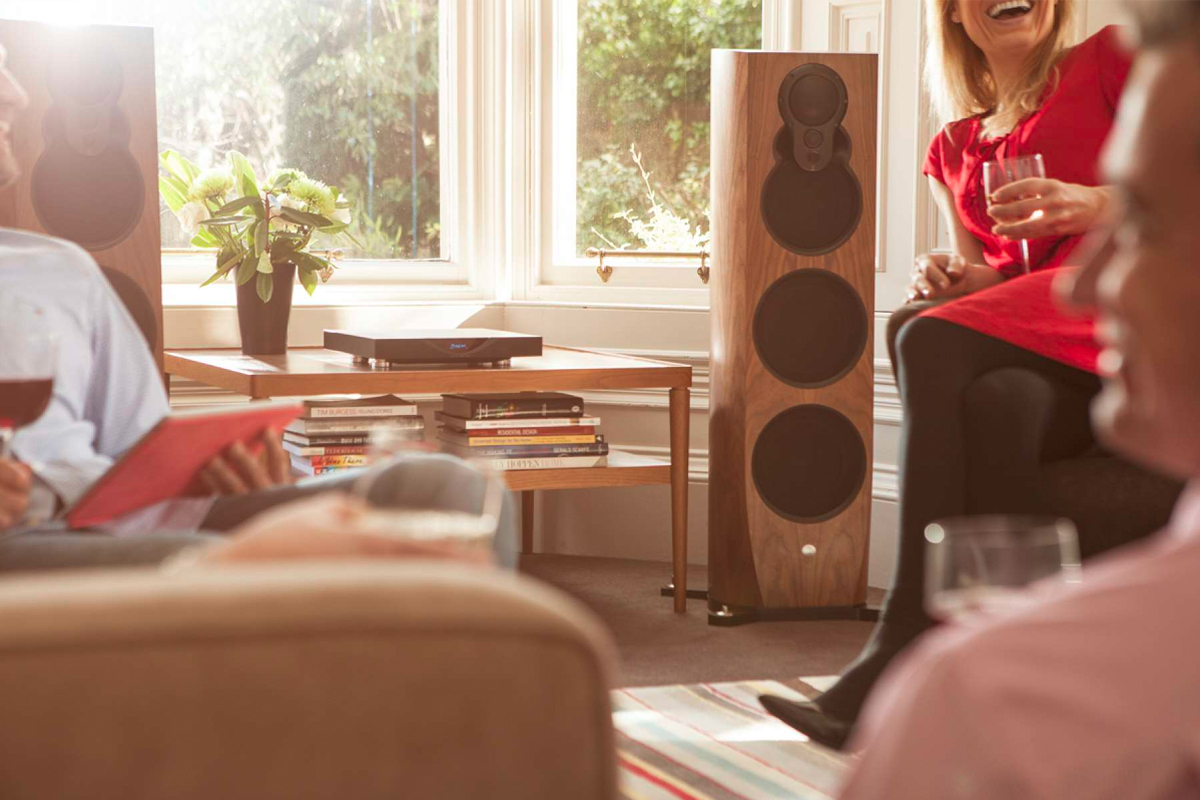Network speed – How much is enough?
The internet has been the single most influential catalyst in the revolution of technology that we have known and the adoption of home computing has been largely due to our ability to connect to the internet wirelessly. Could you imagine Facebook and Twitter being the phenomenon they are if we were still tied to a wired connection for all our internet activities? Some years ago a telephone point in the hall and a TV socket in the living room was about all that was expected in a new home. Nowadays we have connected TV’s streaming our movies through video on demand services, wireless broadband and 4G, and our music is increasingly coming from services such as Spotify, Tidal and Napster rather than HMV or a Virgin Megastore.
Here in the UK it has to be said that we have struggled with WIFI. We’ve all been in a room that has no signal. WIFI was designed to work on the horizontal plane in a building with stud walls and plasterboard. But here in the UK we tend to build out of stone and we tend to build vertically and this is why we have so much trouble ensuring good WIFI coverage in a home and why we have become so dependent on strategically placed wireless access points (WAP’s) around a property.
As convenient as wireless is (it currently carries around 60% of internet traffic), you really can’t beat a wired connection – whatever Steve Jobs says! For devices to work well they need to be connected to an internet connection that is robust and reliable and can transfer data at an appropriate speed. A standard ethernet connection offers 100mb/s (megabits per second) dedicated to the port, so no matter how many other devices may be connected around the home, your ethernet port will give 100mb/s. Wifi by comparison shares it’s bandwidth with the other devices connected wirelessly. This is one reason why you may be seeing “lag” in your music or video streaming.

Another problem with wifi in the UK
So how much do you need?
To be able to take advantage of the services available now we would recommend at the very least an “n” class router. That is a router built using the 802.11n standard and offers up to 140mb/s, but remember, that bandwidth is shared and if you have too many wireless devices connected you can still have problems.
Because, as mentioned earlier, wifi was designed to work in timber framed houses on a single storey, wireless access points have become necessary in the UK. These can be set up in two ways, as a repeater, where it connects wirelessly to your router and relays the signal to it’s own field of coverage, or hard wired to the structured network and broadcasts the wifi signal to it’s field of coverage. If there have not been enough ethernet ports designed into the infrastructure of your home then setting up as a “wireless repeater” is your only option. The problem is this: where your wireless router is the signal is strong and as you move away the signal gets weaker and weaker. Placing a wireless repeater on the edge of your router’s range will receive a weak signal and repeat that weak signal out to it’s range. So if the access point is only receiving a 30% strength signal, at the very best your access point can only send out a 30% signal, even right at the access point. So that is why you can be standing next to an access point with full bars on your device but getting a very patchy internet connection. The full bars simply shows the strength of your connection to the access point, not the internet.
Wired Networks
Having a structured wired network with sufficient ethernet ports around the property allows you to hard wire access points into the network and properly extend the wifi coverage because the access point is receiving the full bandwidth and therefore can generate a wireless network at full strength from the point of origin.
The answer? Get Seven Integration involved in the planning and design stages of your new home and we can design and certify a properly installed structured network fit for today’s demands and what is to come in the future.
Ready to Start Your Project
Let’s discuss your property visions and how our services can facilitate your journey into the wonderful world of home automation.
